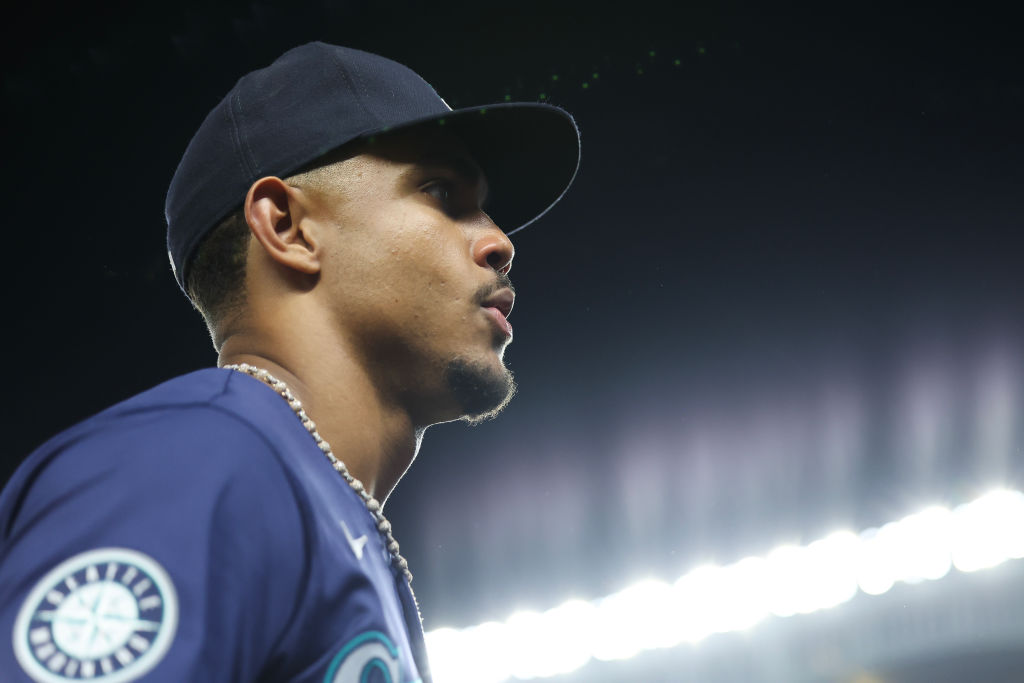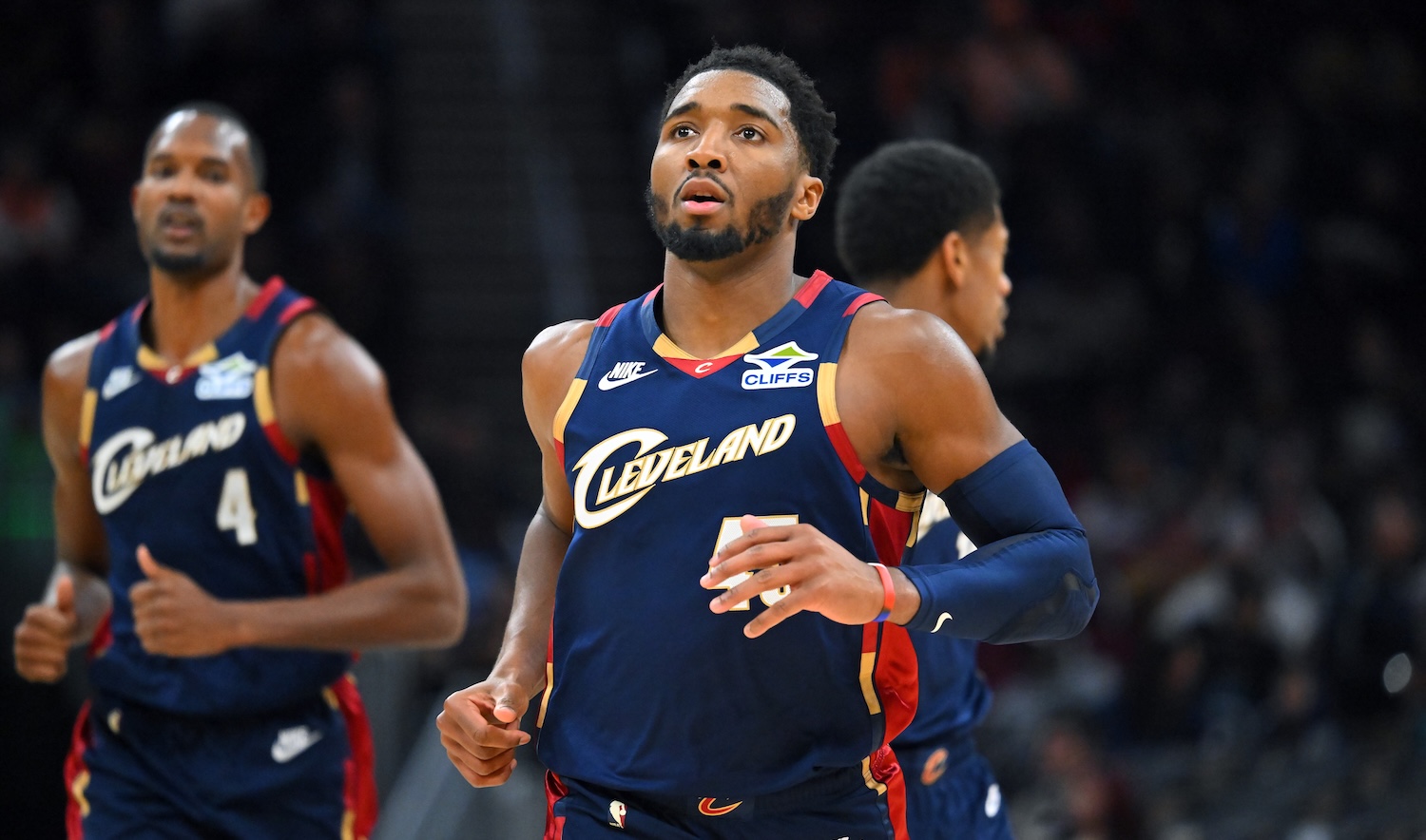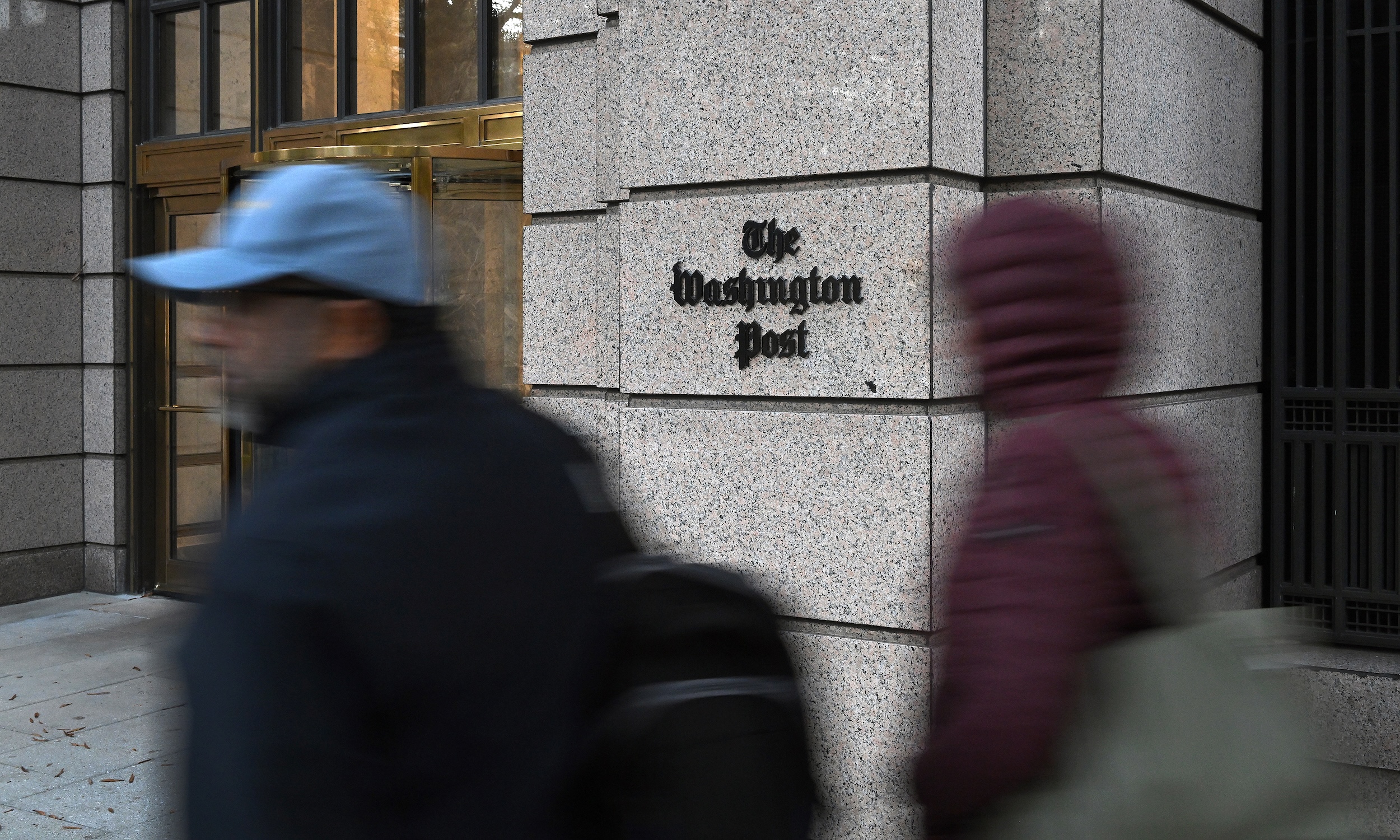It is trivially true that if the Astros and Rangers are both below .500 so far this season, then someone else must be leading the AL West. Another truth: by process of elimination—it's definitely not the Angels or the Athletics—that someone must be the Seattle Mariners. But while the Phillies are out there having the best start in MLB since the 2001 Mariners, the 2024 Mariners are having themselves a very process-of-elimination division-leading season. Last night, the Mariners lost 7-3 to the New York Yankees, bringing them back down to just four games over .500, but they lost no ground in the standings because the Rangers were much too busy losing 11-4 to the Phillies and the Astros were preoccupied with losing 2-1 to the Angels.
When taken in isolation, there's no real shame in losing to the Yankees, who currently have one of the best offenses in MLB. So far this season, the Mariners have been gently carried by their pitching, which has been further bolstered by Bryan Woo's return from the IL (he is now one of my guys), but a team can only keep Juan Soto down for so long. If Soto—who looks so good in pinstripes, it's sickening—smashes two home runs ... well, he's been known to do that sometimes.
Mariners optimists will point out that the Mariners beat the Yankees on Monday and Tuesday, and scored at least five runs in both of their wins. Even in this loss, they worked Nestor Cortés Jr. for over 40 pitches in the first two innings, and Cal Raleigh hit a three-run homer in the top of the eighth to make it a two-run game. (Do not ask what happened following that.) For an offense that only had one above-average hitter in Raleigh at the start of the month, any uptick in offensive production is a good sign. That number is now up to four, but you likely wouldn't guess the other three: Luke Raley, Josh Rojas, and Dylan Moore, who is pretty significantly over-performing his expected metrics to the tune of a 149 wRC+ as a utility player so far this year.
Where is Julio Rodríguez? In center field, dummy! Still looking cool, and being extremely fast, and providing so much defensive value as one of the best fielding center fielders in baseball right now. Where is Julio Rodríguez's glow-in-the-dark bat? Sometimes we have to answer questions that upset us, and against the Yankees last night, it was not there. Rodríguez struck out twice, then smoked a line drive that turned into an out, and then struck out again.
So far this season, Rodríguez is slashing .263/.311/.318 for a .629 OPS and a 88 wRC+. Both of his strikeout and walk rates have gotten a little worse, but Rodríguez has never really been great in either of those categories. The most glaring part of his struggle so far this season has been the drop in his power, which can partially be ascribed to luck: he's slugging .318, but Statcast has his xSLG at a significantly higher .414. As a handy example from yesterday's Yankees game, he could've very easily gotten an extra base hit off his hard-hit line drive (it had a .770 xBA), but then Aaron Judge happened.
Perhaps the starkest change in Rodríguez's performance so far this year is his barrel rate. A barrel is a Statcast designation for a ball hit with an ideal exit velocity and launch angle, at minimum 98 miles per hour—the harder the ball is hit, the broader the launch angle range to be classified as a barrel. Rodríguez's barrel rate was 13.1 percent in his rookie season and 11.9 percent last year. This year, it's a mere 8 percent, even though he's hitting the ball roughly as hard. His average launch angle overall has dropped only a degree over the past year, though his average launch angle on fastballs, which he sees over half the time, has dropped from six degrees to one degree, and his fly ball percentage on fastballs has dropped from around 22 percent to 14 percent. He's also pulling the ball significantly less so far this season, dropping from a 39.5 percent pull rate last year to 28.3 percent this year. While Rodríguez is hardly Nolan Arenado, he'd like to continue pulling the ball so long as his spray chart looks like this.
To be clear, it's hard to imagine that Rodríguez just hits this way for the rest of the year. FanGraphs is still stubborn in projecting him to finish hitting with a 127 wRC+, as am I. On this day last season, Rodríguez was slashing .216/.293/.395 for a .688 OPS, and then he finished .275/.333/.485 for a .818 OPS and 126 wRC+. He's also a great defender in a key defensive position, which means that despite his lackluster offensive performance this year, he's still valuable for the Mariners.
The bigger question is how long the Mariners can fare without his bat. Here comes the Mariners pessimist! They lead their division, but they're still only three games ahead of the Rangers, which is hardly an insurmountable lead. They led the AL West last year too, as late as September. Even if Rodríguez comes back to form and helps bolster the Mariners offense, what can they do with it? Return to exactly where they were last year, when they barely lost out on the playoffs?
I'm a big believer in "enjoy it while you can" with things like surprise division leaders, but the Mariners have steadily radicalized me in the opposite direction. At this point, the Mariners should be better than a team where you're happy enough that the rest of the division is trash enough that they can spend some precious time at the top of the division. As long as management keeps digging in its heels and refusing to build a contender, it doesn't matter how cool the Mariners pitchers are, or even if Julio Rodríguez is playing how Julio Rodríguez can play.
Wait—I'm hearing that the Mariners traded for Mike Baumann? Mariners to the World Series, baby.







